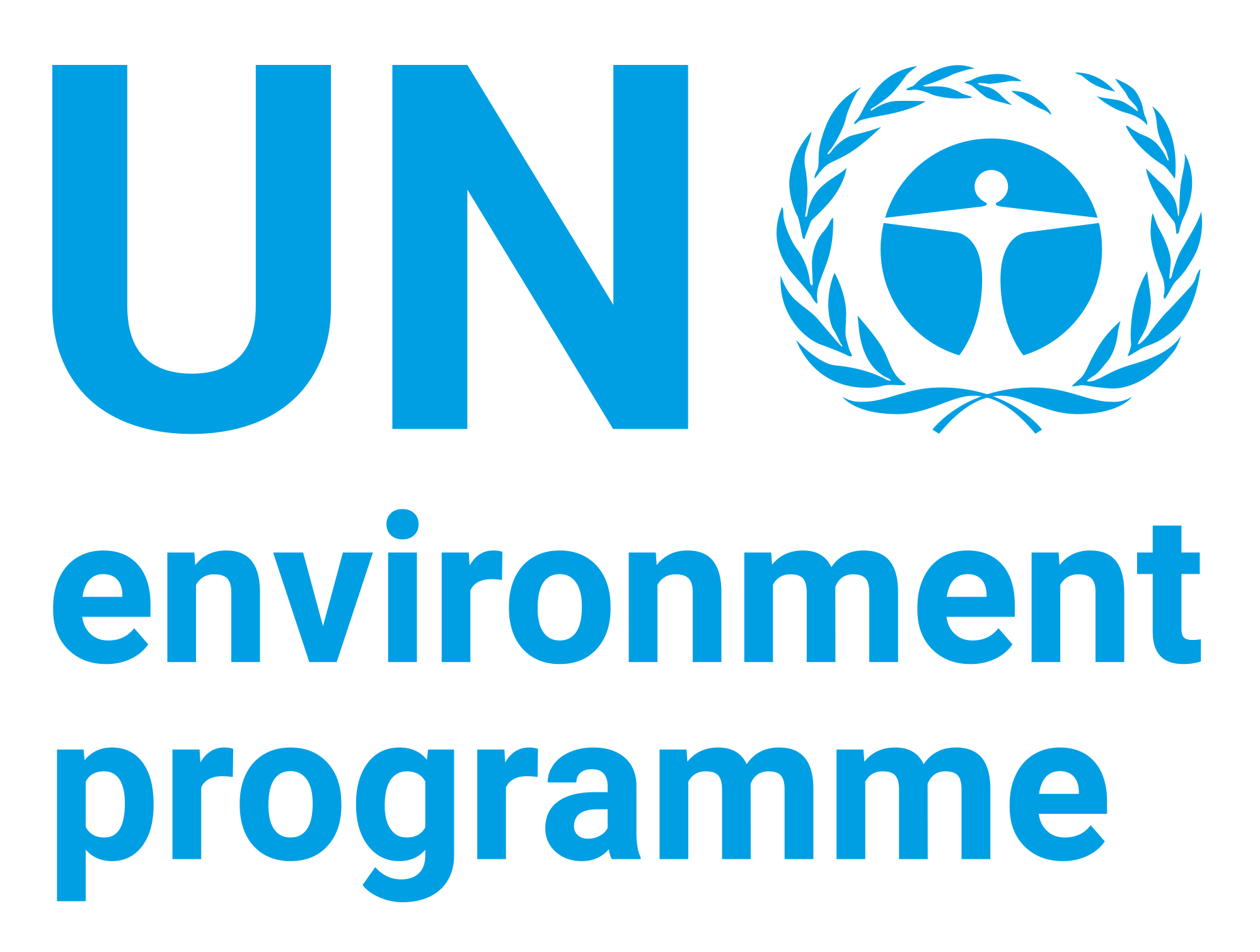The Future of the Aral Sea Lies in Transboundary Co-operation - UNEP Global Environmental Alert Service (GEAS) - January 2014

Date
2014Author
United Nations Environment Programme
Citation Tool
Bibliographic Managers
RT Generic T1 The Future of the Aral Sea Lies in Transboundary Co-operation - UNEP Global Environmental Alert Service (GEAS) - January 2014 A1 United Nations Environment Programme YR 2014 LK https://wedocs.unep.org/20.500.11822/8664 PB AB TY - GEN T1 - The Future of the Aral Sea Lies in Transboundary Co-operation - UNEP Global Environmental Alert Service (GEAS) - January 2014 AU - United Nations Environment Programme Y1 - 2014 UR - https://wedocs.unep.org/20.500.11822/8664 PB - AB - @misc{20.500.11822_8664 author = {United Nations Environment Programme}, title = {The Future of the Aral Sea Lies in Transboundary Co-operation - UNEP Global Environmental Alert Service (GEAS) - January 2014}, year = {2014}, abstract = {}, url = {https://wedocs.unep.org/20.500.11822/8664} } @misc{20.500.11822_8664 author = {United Nations Environment Programme}, title = {The Future of the Aral Sea Lies in Transboundary Co-operation - UNEP Global Environmental Alert Service (GEAS) - January 2014}, year = {2014}, abstract = {}, url = {https://wedocs.unep.org/20.500.11822/8664} } TY - GEN T1 - The Future of the Aral Sea Lies in Transboundary Co-operation - UNEP Global Environmental Alert Service (GEAS) - January 2014 AU - United Nations Environment Programme UR - https://wedocs.unep.org/20.500.11822/8664 PB - AB -View/Open
Item Statistics
Display item statisticsMetadata
Show full item recordDescription
Diversion of water sources has caused the Aral Sea in Central Asia to decline significantly over the past five decades. It has broken into several smaller seas, leaving behind a vast desert and a multitude of environmental, economic and social problems. Recent restorative action reveals a rebound of the fishing industry in what is now the North Aral Sea, possibly indicating a turn for the better, but it has come at the expense of the South Aral Sea. Although the water levels of the Aral Sea may never return to pre-1960s levels, transboundary co-operation on the implementation and compliance of conservation policies and activities provides some hope for the survival of the Aral Sea helping secure livelihoods of those within its reaches.
Collections
Document Viewer
To read more, scroll down below.

